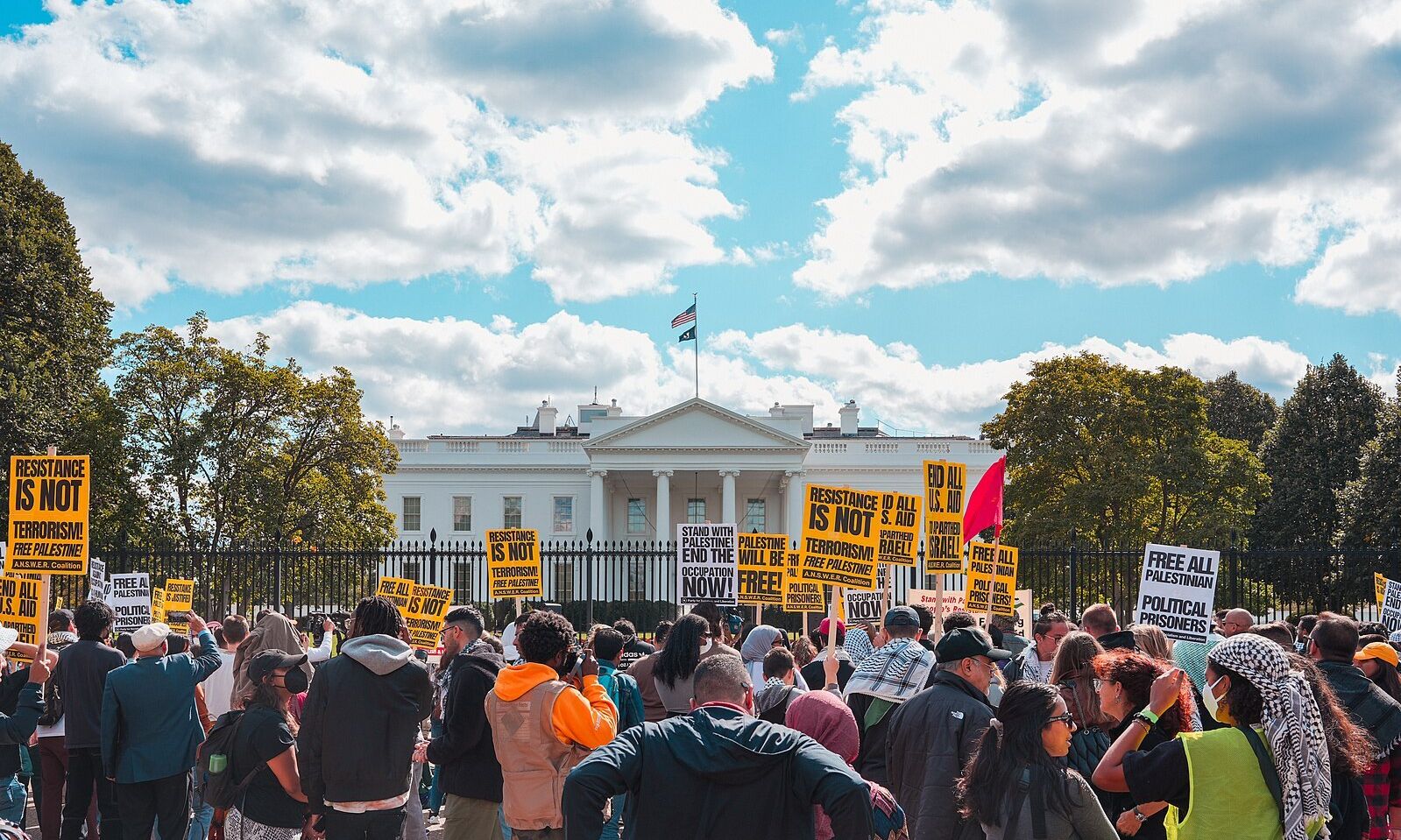Those who have signed the letter say they “accept and support calls for ending the violence, supporting Palestinian liberation" but state that by “ignoring the rights of all who live in Israel, it’s as if those who signed the letter are dehumanising all of those who live in Israel, the nine million people who have a right to exist”.
Photo: Ted Eytan via Wikimedia Commons
Members of the art community published a letter via the Israeli online magazine Erev Rav on 21 October, expressing sadness and disappointment at an open letter posted on Artforum's website two days earlier, which calls for a ceasefire in Gaza and aid for Palestinians.
The second letter notes that the original missive, signed by hundreds of leading artists, failed to mention the brutal massacre carried out by Hamas in Israel on 7 October, in which more than 1,300 people were killed. The terrorist organisation is reported to be holding around 200 hostages in Gaza, among them children and the elderly. The Israeli military has responded to these atrocities over the past two weeks with aerial bombardments, which have now killed an estimated 4,300 Palestinians, according to Palestinian health authorities figures cited by BBC News—the majority of them civilians. Israel's strict blockade has also cut off vital resources and left Gaza facing a humanitarian crisis.
The signatories of the new letter say "the complete absence of any mention of over 200 people kidnapped, most of them civilians, including babies, children, old and sick people” is "most upsetting". They add: “Those who signed the [Arforum] letter demand a ceasefire because of humanitarian reasons. But, in the letter, the hostages are not part of the humanity they are appealing for. By omission, they are giving legitimacy to the abduction of civilians.”
The signatories say they “accept and support calls for ending the violence, supporting Palestinian liberation, putting the end to the occupation (like we have for years), and the cease of killing of civilians in Gaza and everywhere”. But, they add, by “ignoring the rights of all who live in Israel, it’s as if those who signed the letter are dehumanising all of those who live in Israel, the nine million people who have a right to exist”.
The letter calls for a “shared effort” in the “fight for liberation and freedom”, concluding: “There should be no contradiction between staunchly opposing the Israeli occupation and the humanitarian crisis in Gaza, and unequivocally condemning brutal acts of violence against innocent civilians in Israel. Both should come together.”
The joint statement follows individual responses to the letter published by Artforum on 19 October, which was subsequently removed from the magazine’s Instagram account to the dismay of some. Writing on 20 October, the art dealers Dominique Lévy, Brett Gorvy and Amalia Dayan posted a statement condemning the original letter “for its one-sided view:” They too note how it “does not acknowledge the ongoing mass hostage emergency, the historical context, and the atrocities committed in Israel on October 7, 2023—the bloodiest day in Jewish history since the Holocaust”.
They add: “We denounce all forms of violence in Israel and Gaza and we are deeply concerned over the humanitarian crisis. We hope to foster discourse that can lead to a better understanding of the complexities involved. May we witness peace soon.”
The dealers’ sentiments echo those of Jeremy Hodkin, the founder of the art industry newsletter The Canvas, who said via Instagram that the failure to mention the Hamas terror attack is “both disconcerting and disingenuous”. Writing in a post on Instagram dated 20 October, Hodkin says: “We are devastated by Hamas’s barbaric attack on Israel. Such actions are a setback to peace and bring suffering to countless innocent lives in both Israel and Gaza. The heinous acts by Hamas deserve unanimous condemnation.”
He adds: “The very essence of the art community lies in is commitment to inclusive and the creation of safe spaces for all voices. Artforum’s recent stance, however, seems antithetical to this cherished principle. It denies Jews in the art world a voice, and by its glaring omissions and skewed perspective, insinuates that they are not deserving of the safe space afforded to other minorities.”

